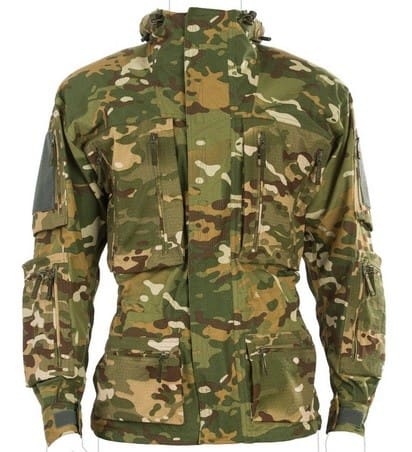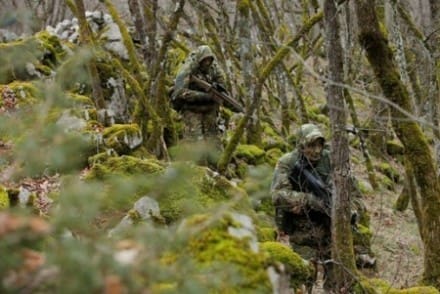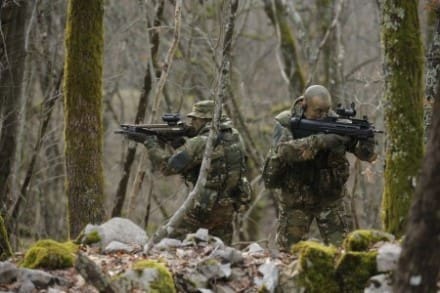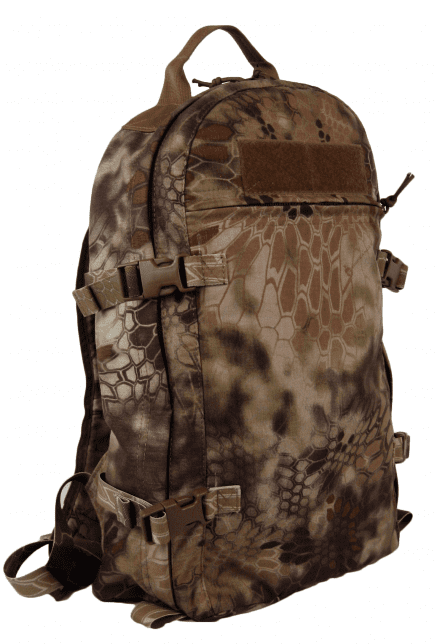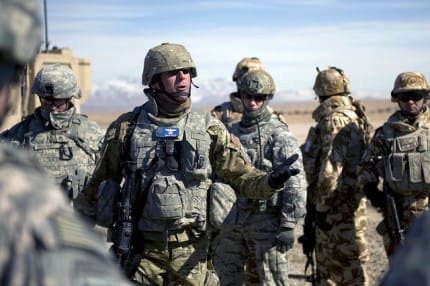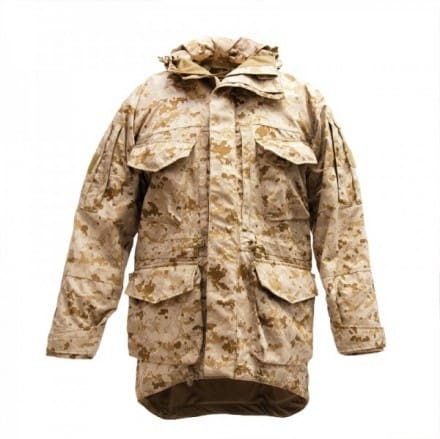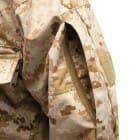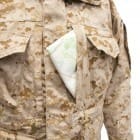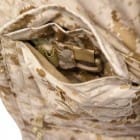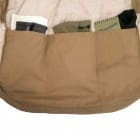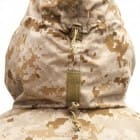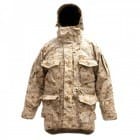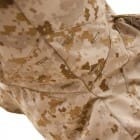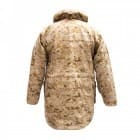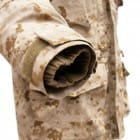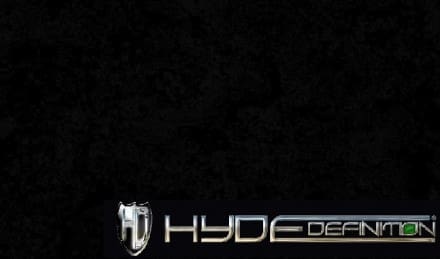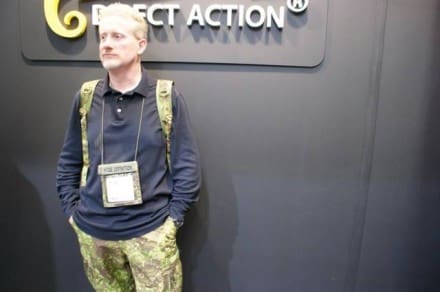I was going to do this great post on how the Army would end up spending more money on a proprietary government-owned camouflage solution than just adopting the commercially available MultiCam when I ran across this little gem in yesterday’s print edition of the Army Times. In an article entitled, “Army Expects ‘Family Of Camo Patterns”, COL Robert Mortlock, Program Manager for Soldier Protection and Individual Equipment at PEO Soldier dropped this one on us:
“We have testimonials from soldiers in theater [who get] close enough to the enemy to hear them saying they can’t see the Americans,” he said. “That’s powerful. That’s a combat multiplier. So that’s how important camouflage is to a soldier’s mission.”
All through the article, it goes on about how they are looking for something new, to replace MultiCam. And then, at the end, this quote. My jaw literally dropped. What he failed to mention in that quote was that those Soldiers are wearing that same MultiCam he wants to get rid of. That’s right; the very pattern that this guy is going hell bent for leather to replace, is what makes our guys so awesome. He’d rather waste time and tax payer money to develop something unproven rather than give Soldiers what they (and he) know(s) works. Classic. I just can’t understand how a guy can acknowledge that a product is super effective and yet want to replace it with something he had cooked up because he has some kind of a grudge against the manufacturer. He’s interested in camouflage all right, just as long as it isn’t MultiCam.
So who exactly is this Mortlock guy anyway?
I have been struggling with whether it was right to share COL Mortlock’s background with my readers because I didn’t want it to turn into some kind of personal hit piece. It’s not meant to be. Really. These are, after all, just open source facts, and I’m just presenting them to you. COL Mortlock’s actions will tell you what kind of a man he is. I’m just showing you his background.

Over the weekend, I had decided I wasn’t going to talk about PM-SPIE’s background but when I read that quote above and my attitude changed. I figure it’s more than fair that everyone is fully aware of the background of the guy who is in charge of the process of selecting a new camouflage for the US Army. Remember, whatever this guy does regarding camouflage, the US Army will be stuck with for decades to come.
Granted, COL Mortlock is an Acquisition Corps officer and they come from every branch of arms. Ironically, the acquisition profession was created in order to make sure that goat ropes like this don’t happen. Since he’s in Acquisitions, you can’t exactly throw stones at the fact that he is a Chemical Officer by trade and not a Combat Arms officer. That’s not his fault. But this is kind of a systemic problem now, isn’t it? The military’s assignments system is notorious for putting the wrong guy in the right job. Usually, you can power through, but in this case, you’ve got a fellow in charge of camouflage that hasn’t had any troop time since punching his Company Command ticket for 13 months back in the mid-90s, in Hanau, Germany. With a war raging for the past 12 years, you’d think the Army could find someone with more relevant experience. However, I’d like to point out that he is airborne, air assault and Ranger qualified. That does carry some weight. Additionally, I’ve been told that he deployed in 2005 for three months in support of 18th Abn Corps.

I’m not even going to comment on what follows except to say that it is very impressive. The guy has one heck of a background (including a PhD), in spite of that three years at FCS. I’ll just place the CV that he uses on LinkedIn here for you to read. If it’s missing something pertinent to his current position, it’s because he left it out.
Robert Mortlock’s Overview
Current
Program Manager Soldier Protection and Individual Equipment at US Army
Past
Director, Army Budget Office at US Army
Product Manager, FCS, Infantry Combat, Medical and Recovery Vehicles at US Army
Product Manager, Integrated Air and Missile Defense at US Army
Education
International College of the Armed Forces (ICAF)
Webster University
University of California, Berkeley
Robert Mortlock’s Experience
Program Manager Soldier Protection and Individual Equipment
US Army
Government Agency; 10,001+ employees; Military industry
June 2012 – Present (1 year 10 months)
Director, Army Budget Office
US Army
Government Agency; 10,001+ employees; Military industry
July 2011 – July 2012 (1 year 1 month)
Product Manager, FCS, Infantry Combat, Medical and Recovery Vehicles
US Army
Government Agency; 10,001+ employees; Military industry
June 2007 – June 2010 (3 years 1 month)
Product Manager, Integrated Air and Missile Defense
US Army
Government Agency; 10,001+ employees; Military industry
September 2005 – July 2007 (1 year 11 months) Huntsville, Alabama Area
Project Officer, Rapid Equipping Force and Joint IED Task Force
US Army
Government Agency; 10,001+ employees; Military industry
March 2005 – September 2005 (7 months) Fort Belvior VA
Assistant Project Manager, Joint Common Missile
US Army
Government Agency; 10,001+ employees; Military industry
July 2003 – March 2005 (1 year 9 months) Redstone Arsenal, AL
Project Officer, Joint PEO Chemical and Biological Defense
US Army
Government Agency; 10,001+ employees; Military industry
August 2000 – June 2002 (1 year 11 months) Fallls Church, VA
Assistant Professor, Chemical Engineering
US Army
Government Agency; 10,001+ employees; Military industry
June 1997 – July 2000 (3 years 2 months) US Military Academy, West Point, NY
Company Commander
US Army
Government Agency; 10,001+ employees; Military industry
June 1995 – June 1996 (1 year 1 month) Hanua, Germany
Brigade Chemical Officer
US Army
Government Agency; 10,001+ employees; Military industry
June 1994 – June 1995 (1 year 1 month) Hanau Am Main Area, Germany
Platoon Leader
US Army
Government Agency; 10,001+ employees; Military industry
June 1993 – June 1994 (1 year 1 month) Buedigen, Germany
Robert Mortlock’s Skills & Expertise
Professional Engineer (PE)
Certified MBA
Acquisition Corps Member
Project Management
Systems Engineering
Test Management
Research and Development
Budgets
PMP
Leadership
Defense
Integration
Army
Robert Mortlock’s Education
International College of the Armed Forces (ICAF)
Master’s degree, Military National Resource Strategy and Policy
2010 – 2011
Webster University
Master of Business Administration (MBA)
2002 – 2003
University of California, Berkeley
Doctor of Philosophy (PhD), Chemical Engineering
1988 – 1992
Lehigh University
Bachelor of Science (BS), Chemical Engineering
1984 – 1988
Contact Robert for:
career opportunities
consulting offers
new ventures
job inquiries
expertise requests
business deals
reference requests
getting back in touch
Let the wild rumpus start!


